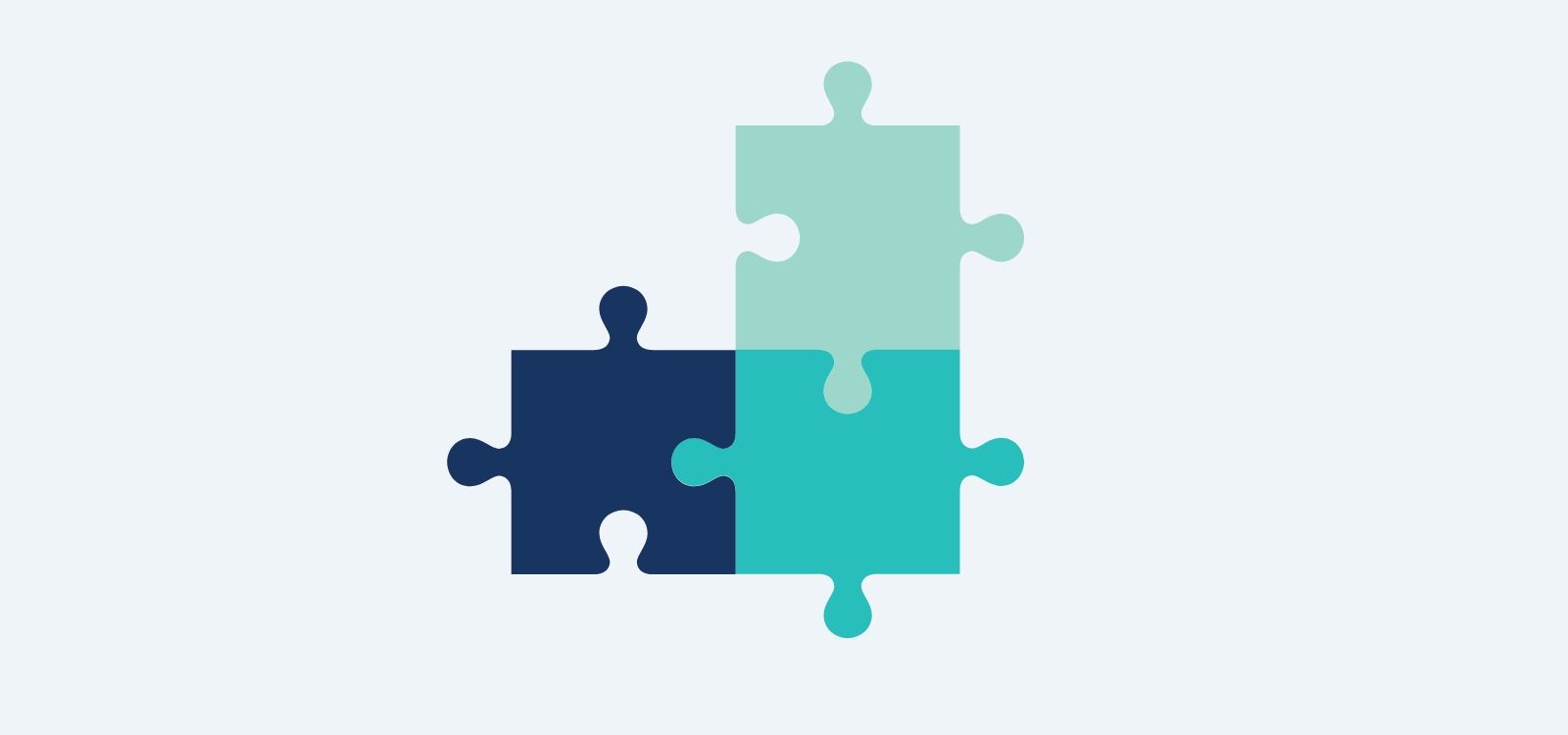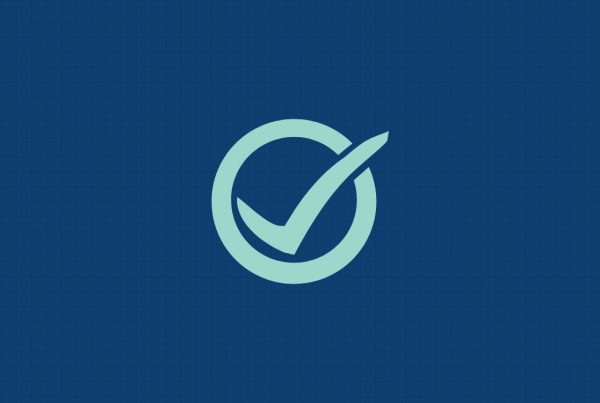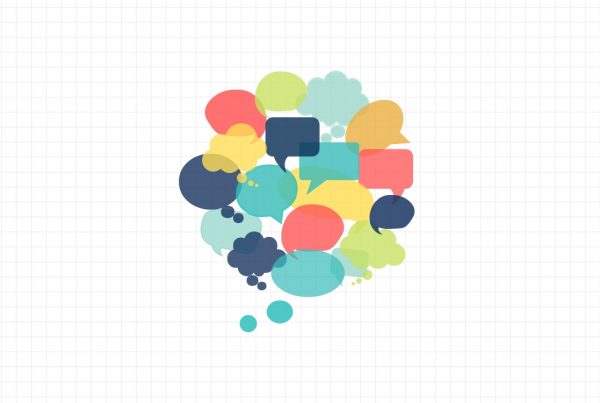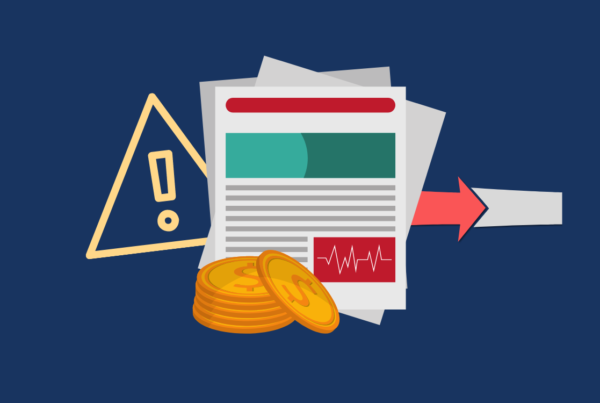Why must compliance teams spend so much time reading through a never-ending deluge of regulatory documents just to identify the rule changes that apply to their companies?
It comes down to automation – or the lack thereof.
To explore further, let’s take a look at what we call the “compliance automation value chain.”
There are three essential components to the compliance automation value chain:
- Document collection
- Regulation and obligation identification
- Policy and control management
Until recently, only two of these components have been automated:
1. Document Collection
At the beginning of the compliance automation value chain, document vendors significantly automate horizon scanning or document collection. The challenge is that these documents provide little insight into which regulations and obligations apply to a particular company. They provide the document, and the rest is up to the compliance team, who must read through stacks of these reports, identify the changes, and then determine if and how they apply.
2. Policy and Control Management
At the back of the compliance automation value chain are technology solutions, such as GRC platforms. This is what compliance teams use to incorporate new rules and obligations into organizational policies, procedures, and workflows.
Though effective at managing policies and procedures, GRC platforms traditionally offer no capabilities that identify the rule changes and obligations on which those policies and procedures should be based – hampering compliance teams’ ability to efficiently manage compliance policies and procedures.
The compliance automation gap
The automation gap, which sits between these two components, is the identification of applicable rule changes and obligations. If your compliance team is like many, they’re forced to spend an enormous amount of time reading through document after document to identify their company’s regulatory obligations.
And it’s the obligations that matter.
Completing the compliance automation value chain
This is why we built the Ascent platform – to complete the compliance automation value chain for financial services compliance teams – to free them from reading through page after page of regulatory text to identify their company’s specific rule changes and obligations.
The Ascent platform employs AI to automatically identify and deliver company-specific rule changes and obligations from regulatory documents. Ascent focuses on the regulatory obligations – serving only relevant information, removing the irrelevant, while surfacing a company’s applicable obligations under any given rule.
With Ascent connected to a GRC platform, organizations benefit from a complete compliance automation solution that includes horizon scanning, obligations inventory, and policy and control management.
–––
We invite you to learn more about compliance automation. Click here to schedule a call with an Ascent compliance specialist.







